Home>Gardening & Outdoor>Pool & Spa Care>How To Lower Hot Tub Alkalinity
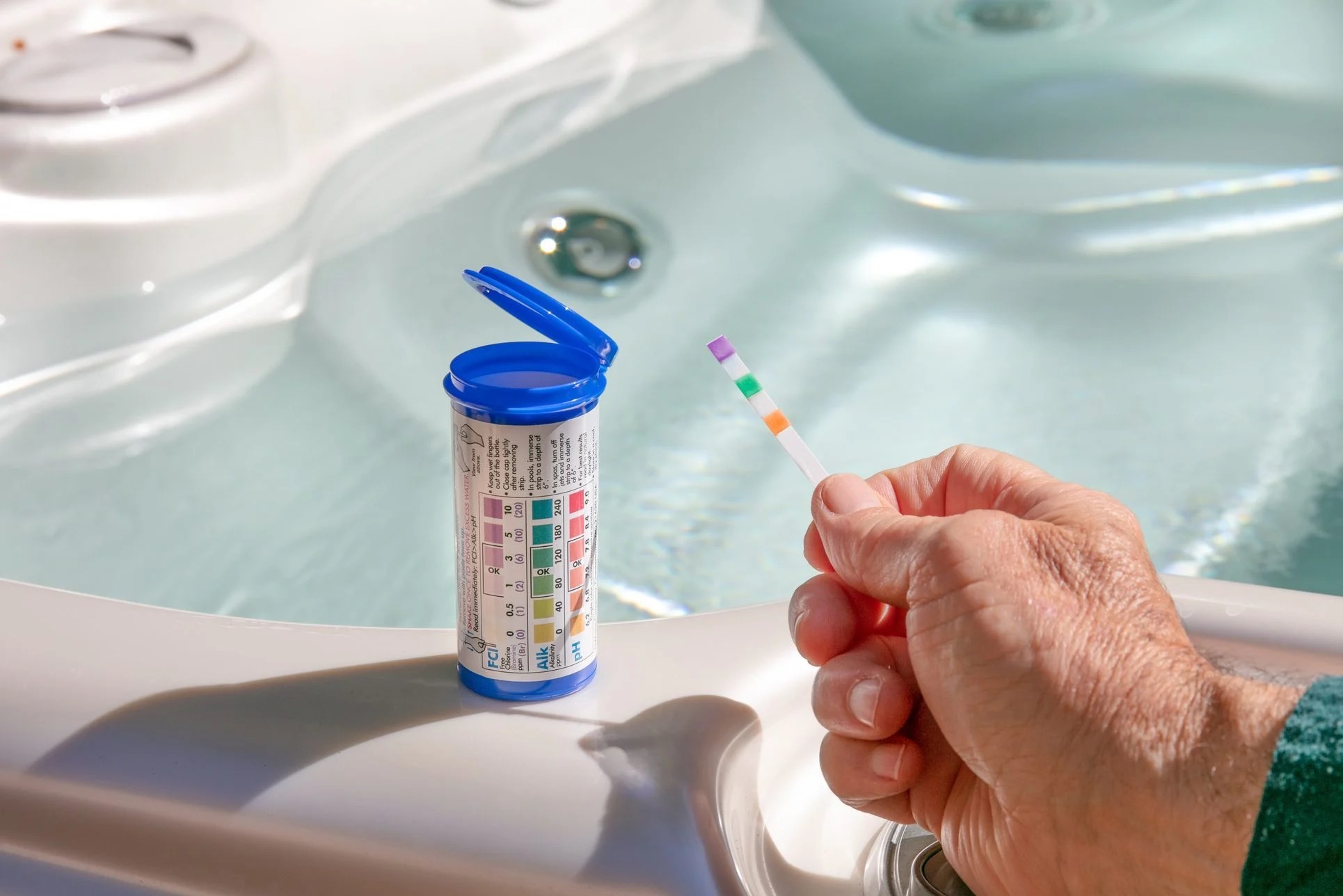

Pool & Spa Care
How To Lower Hot Tub Alkalinity
Published: December 28, 2023
Learn effective methods to lower hot tub alkalinity with our expert pool and spa care tips. Keep your hot tub water balanced and clean.
(Many of the links in this article redirect to a specific reviewed product. Your purchase of these products through affiliate links helps to generate commission for Storables.com, at no extra cost. Learn more)
Introduction
Owning a hot tub is a luxurious experience that offers relaxation and rejuvenation. However, maintaining the water chemistry is crucial for ensuring a clean and safe environment. One essential aspect of hot tub maintenance is managing the alkalinity of the water. In this comprehensive guide, we will delve into the intricacies of hot tub alkalinity and explore effective methods for lowering it when necessary.
Proper hot tub care requires a balance of various chemical levels, including pH, sanitizer levels, and alkalinity. While high alkalinity can lead to cloudy water, skin irritation, and scale buildup, low alkalinity can cause corrosion and instability in pH levels. Therefore, understanding how to manage alkalinity is pivotal for preserving the longevity of your hot tub and ensuring a delightful soaking experience.
Throughout this article, we will unravel the science behind hot tub alkalinity, elucidate the significance of testing alkalinity levels, and provide practical insights into lowering alkalinity when it exceeds the recommended range. By the end of this guide, you will be equipped with the knowledge and expertise to maintain optimal alkalinity levels in your hot tub, fostering a pristine and inviting oasis for relaxation and enjoyment.
Key Takeaways:
- Maintain a balanced hot tub by testing alkalinity weekly and after significant water changes. Use dilution, acid addition, aeration, or pH reducers to lower alkalinity when needed, ensuring a clean and enjoyable soaking experience.
- Understanding hot tub alkalinity is crucial for water clarity and bather comfort. Regular testing and targeted methods for lowering alkalinity help maintain a pristine and inviting hot tub environment, promoting relaxation and rejuvenation.
Read more: What To Use To Lower Alkalinity In Hot Tub
Understanding Hot Tub Alkalinity
Alkalinity is a fundamental component of water chemistry that plays a pivotal role in maintaining the stability of pH levels. In the context of hot tubs, alkalinity refers to the water’s capacity to resist changes in pH, thereby serving as a buffer against rapid fluctuations. The ideal alkalinity level for hot tubs typically falls within the range of 80 to 120 parts per million (ppm).
When the alkalinity of hot tub water is within the recommended range, it helps prevent drastic pH shifts, which in turn safeguards the effectiveness of sanitizers and promotes water clarity. High alkalinity can lead to an imbalance in pH levels, causing the water to become cloudy and potentially leading to scale formation on the hot tub surfaces. On the other hand, low alkalinity can result in rapid pH fluctuations, making it challenging to maintain the water within the optimal pH range of 7.2 to 7.8.
Understanding the dynamics of hot tub alkalinity involves recognizing its interplay with other water chemistry parameters. Alkalinity acts as a stabilizing force for pH, ensuring that it remains within the desirable range for bather comfort and water clarity. Moreover, maintaining appropriate alkalinity levels is essential for the efficacy of other water treatment chemicals, such as chlorine or bromine, as imbalanced alkalinity can hinder their ability to sanitize the water effectively.
By comprehending the significance of hot tub alkalinity, hot tub owners can proactively address issues related to water quality and bather comfort. Monitoring and adjusting alkalinity levels in conjunction with pH and sanitizer levels is integral to sustaining a hygienic and inviting hot tub environment. In the subsequent sections, we will explore the methods for testing hot tub alkalinity and delve into practical strategies for lowering alkalinity when it surpasses the recommended threshold.
Testing Hot Tub Alkalinity
Accurate and regular testing of hot tub alkalinity is indispensable for maintaining balanced water chemistry. Testing kits specifically designed for hot tubs are readily available and provide a straightforward means of gauging alkalinity levels. These kits typically employ colorimetric testing, where the color change in the water sample indicates the alkalinity concentration.
Before conducting the test, it’s imperative to ensure that the hot tub water is adequately mixed to attain a uniform distribution of chemicals. Once the water is properly circulated, a water sample can be collected in a clean container for testing. Following the instructions provided with the testing kit, a precise volume of the water sample is mixed with the reagents to initiate the colorimetric reaction. The resulting color is then compared to a color chart to determine the alkalinity level in parts per million (ppm).
It is advisable to test the hot tub alkalinity at least once a week, especially when the tub is frequently used or after significant water replenishment. By consistently monitoring alkalinity levels, hot tub owners can promptly identify deviations from the optimal range and take corrective measures to restore balance to the water chemistry.
Moreover, in addition to regular testing, it’s essential to perform an alkalinity test whenever significant changes occur in the hot tub’s water, such as after heavy rainfall or when introducing new water treatment products. These proactive testing practices empower hot tub owners to maintain a proactive approach to water care and swiftly address any fluctuations in alkalinity that may compromise water quality.
By integrating regular testing into the hot tub maintenance routine, individuals can uphold the integrity of their water chemistry, mitigate potential issues stemming from imbalanced alkalinity, and ensure a consistently enjoyable and hygienic hot tub experience.
To lower hot tub alkalinity, you can use a pH decreaser or muriatic acid. Follow the product instructions carefully and test the water frequently to ensure the alkalinity levels are within the recommended range.
Ways to Lower Hot Tub Alkalinity
When the alkalinity of a hot tub exceeds the recommended range, it becomes imperative to implement strategies to lower it and restore the water to optimal conditions. Several effective methods can be employed to reduce alkalinity and rebalance the water chemistry:
- Dilution: Partially draining the hot tub and refilling it with fresh water can dilute the alkalinity levels. This approach is particularly beneficial when alkalinity is significantly elevated and requires a substantial reduction.
- Acid Addition: Introducing a suitable acid, such as muriatic acid or sodium bisulfate, can effectively lower alkalinity. Care must be exercised when adding acids to the hot tub, and the process should be carried out incrementally while monitoring alkalinity levels to prevent overshooting the target range.
- Aeration: Increasing aeration within the hot tub, such as by running the jets or incorporating an air bubbler, can facilitate the outgassing of carbon dioxide, thereby naturally reducing alkalinity levels. This method is particularly advantageous for mildly elevated alkalinity and can be employed in conjunction with other corrective measures.
- Use of pH Reducers: pH reducers, specifically formulated to lower both pH and alkalinity, offer a convenient means of addressing imbalanced water chemistry. These products are designed to harmonize pH and alkalinity levels, promoting a stable and comfortable hot tub environment.
Prior to implementing any method to lower alkalinity, it is essential to test the water to ascertain the current alkalinity level accurately. This enables hot tub owners to make informed decisions and select the most suitable approach for rectifying the imbalance. Additionally, maintaining a vigilant eye on pH levels during the alkalinity-lowering process is crucial, as adjustments made to alkalinity can influence pH, necessitating concurrent monitoring and adjustment.
Furthermore, it is advisable to consult the hot tub manufacturer’s guidelines and recommendations, as well as seek advice from qualified professionals, to ensure that the chosen method aligns with the specific requirements of the hot tub and does not compromise its integrity.
By employing these targeted methods and exercising diligence in monitoring and adjusting alkalinity levels, hot tub owners can effectively address imbalanced water chemistry and uphold a pristine and inviting hot tub environment for indulgent relaxation and enjoyment.
Conclusion
Managing hot tub alkalinity is a critical aspect of water care that significantly influences the overall quality and comfort of the hot tub experience. By comprehending the role of alkalinity in stabilizing pH levels and its impact on water clarity and bather comfort, hot tub owners can proactively address imbalances to maintain an inviting and hygienic environment.
Regular testing of alkalinity is paramount, enabling individuals to promptly identify deviations from the recommended range and take corrective measures as needed. By integrating consistent testing into the hot tub maintenance routine, hot tub owners can uphold the integrity of their water chemistry, mitigate potential issues stemming from imbalanced alkalinity, and ensure a consistently enjoyable soaking experience.
When faced with elevated alkalinity levels, employing targeted methods such as dilution, acid addition, aeration, or the use of pH reducers offers effective means of lowering alkalinity and restoring balance to the water chemistry. It is crucial to approach the process methodically, conducting incremental adjustments while vigilantly monitoring alkalinity and pH levels to prevent overshooting the target range.
Furthermore, seeking guidance from reputable sources, including the hot tub manufacturer’s recommendations and qualified professionals, can provide valuable insights into the most suitable approaches for addressing imbalanced alkalinity while safeguarding the hot tub’s integrity.
By leveraging the knowledge and strategies outlined in this guide, hot tub owners can confidently navigate the intricacies of alkalinity management, fostering a pristine and inviting oasis for relaxation and rejuvenation. With a proactive and informed approach to hot tub alkalinity, individuals can savor the delights of their hot tub while ensuring the longevity and optimal performance of this cherished retreat.
Frequently Asked Questions about How To Lower Hot Tub Alkalinity
Was this page helpful?
At Storables.com, we guarantee accurate and reliable information. Our content, validated by Expert Board Contributors, is crafted following stringent Editorial Policies. We're committed to providing you with well-researched, expert-backed insights for all your informational needs.
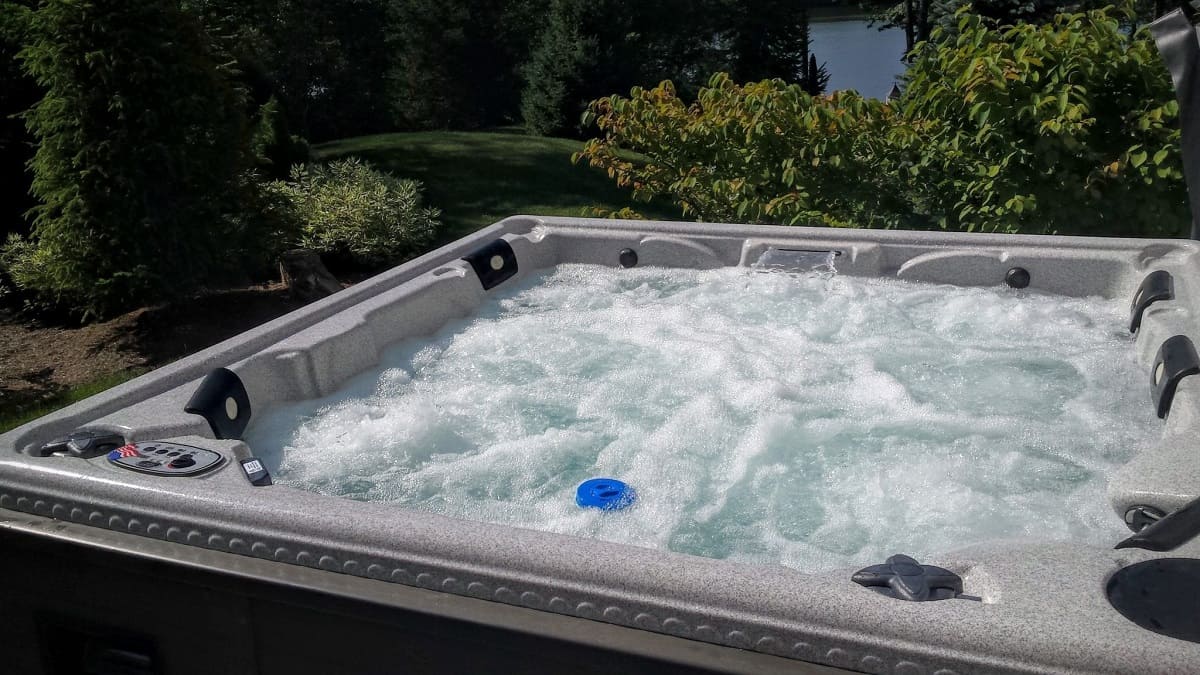
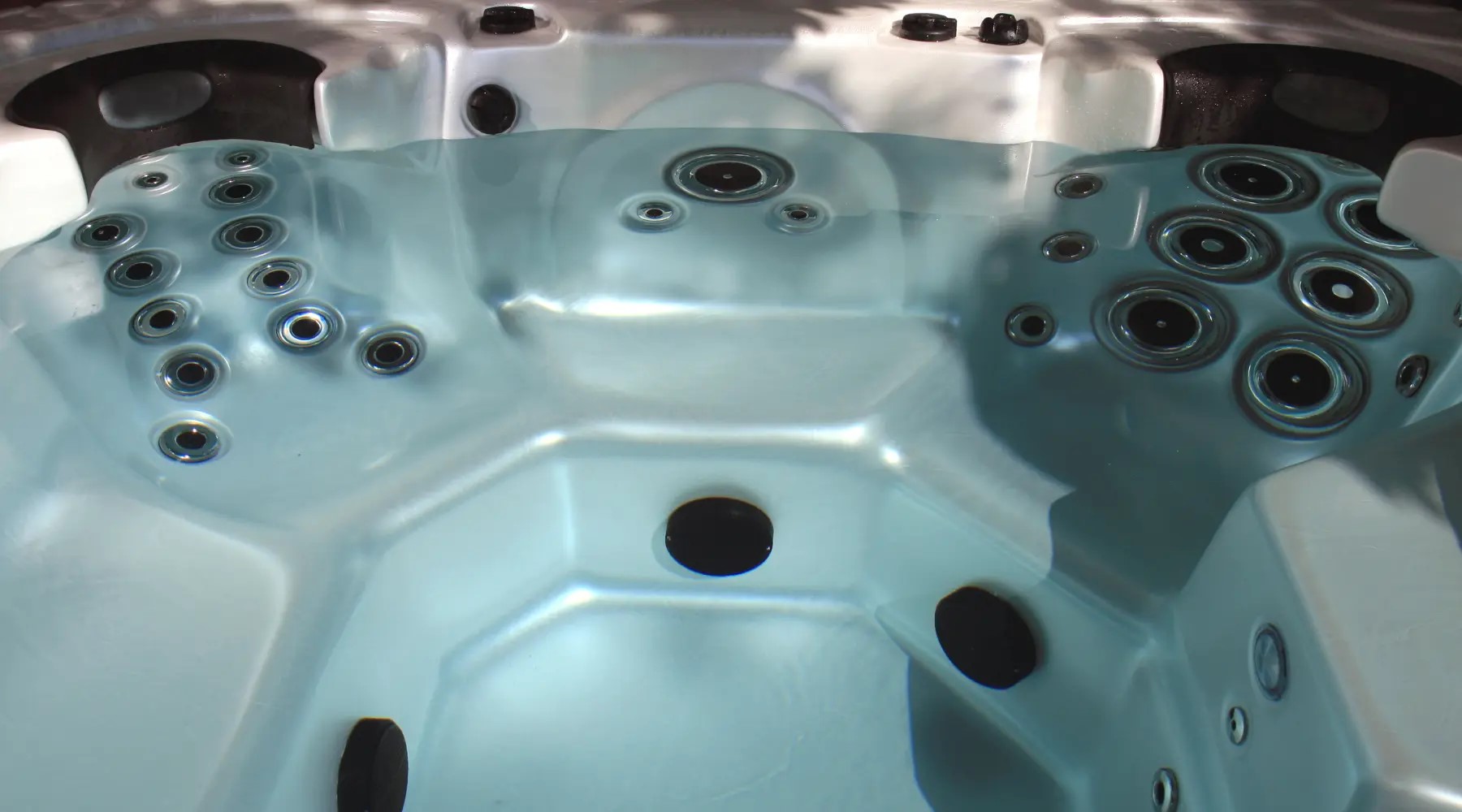
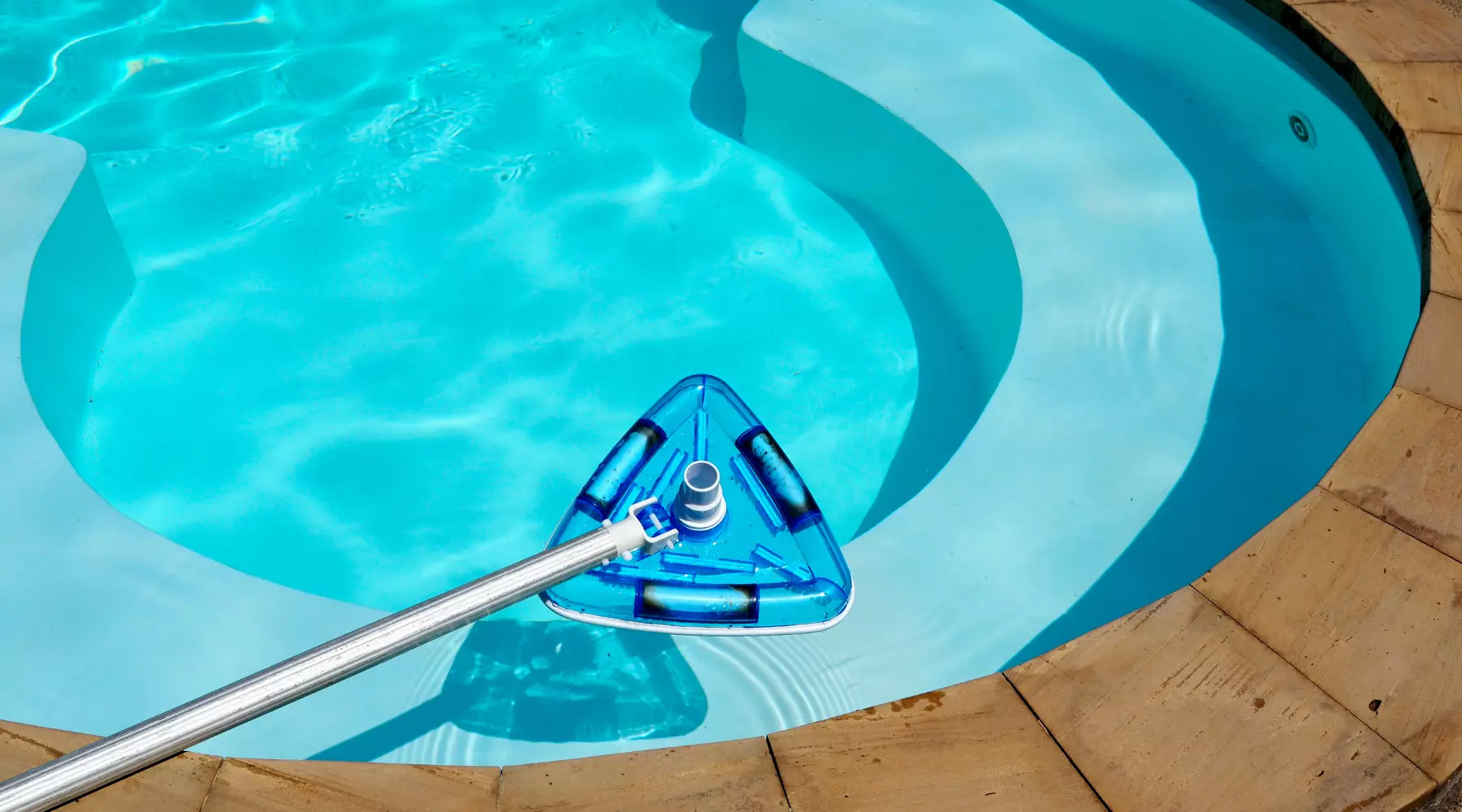
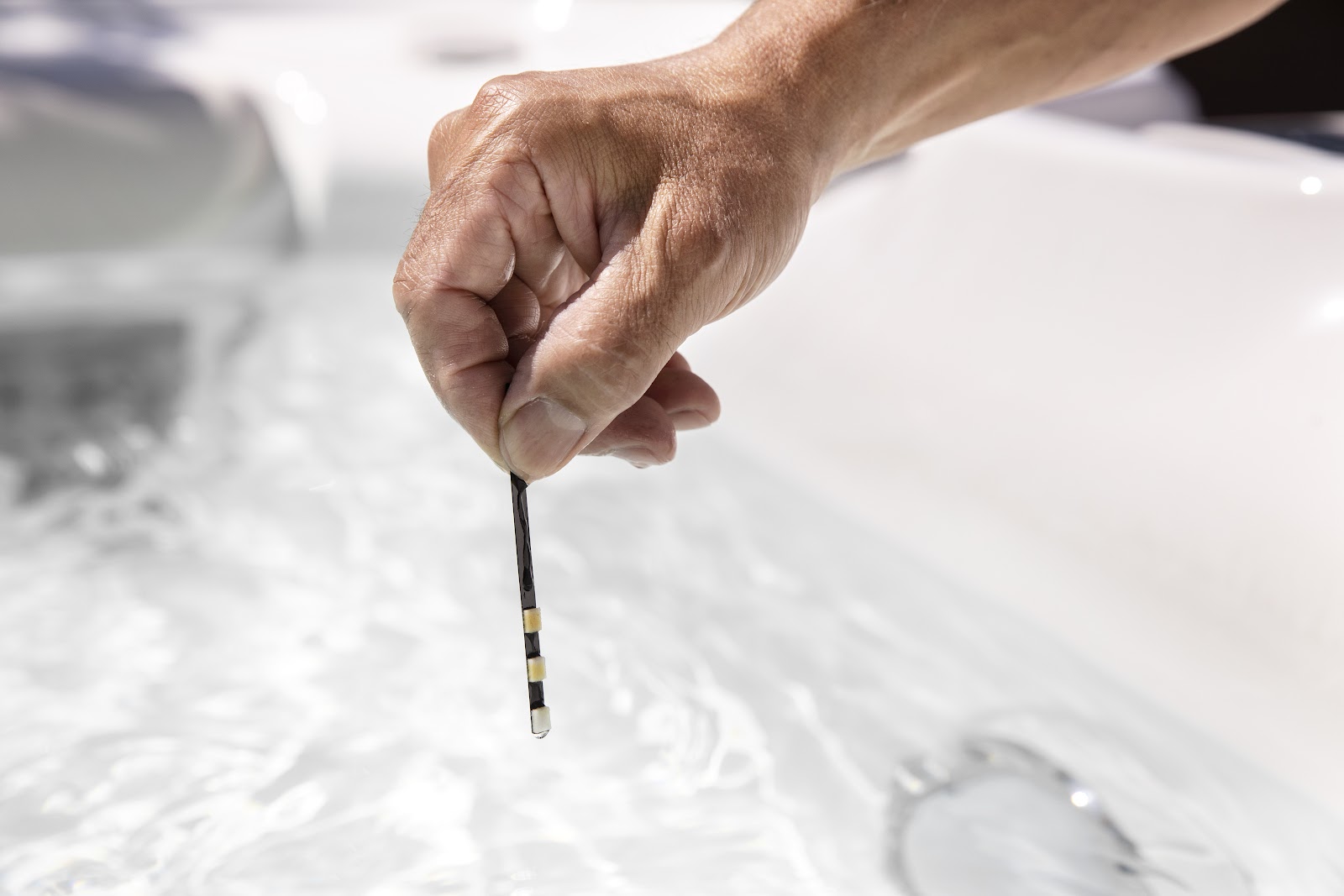
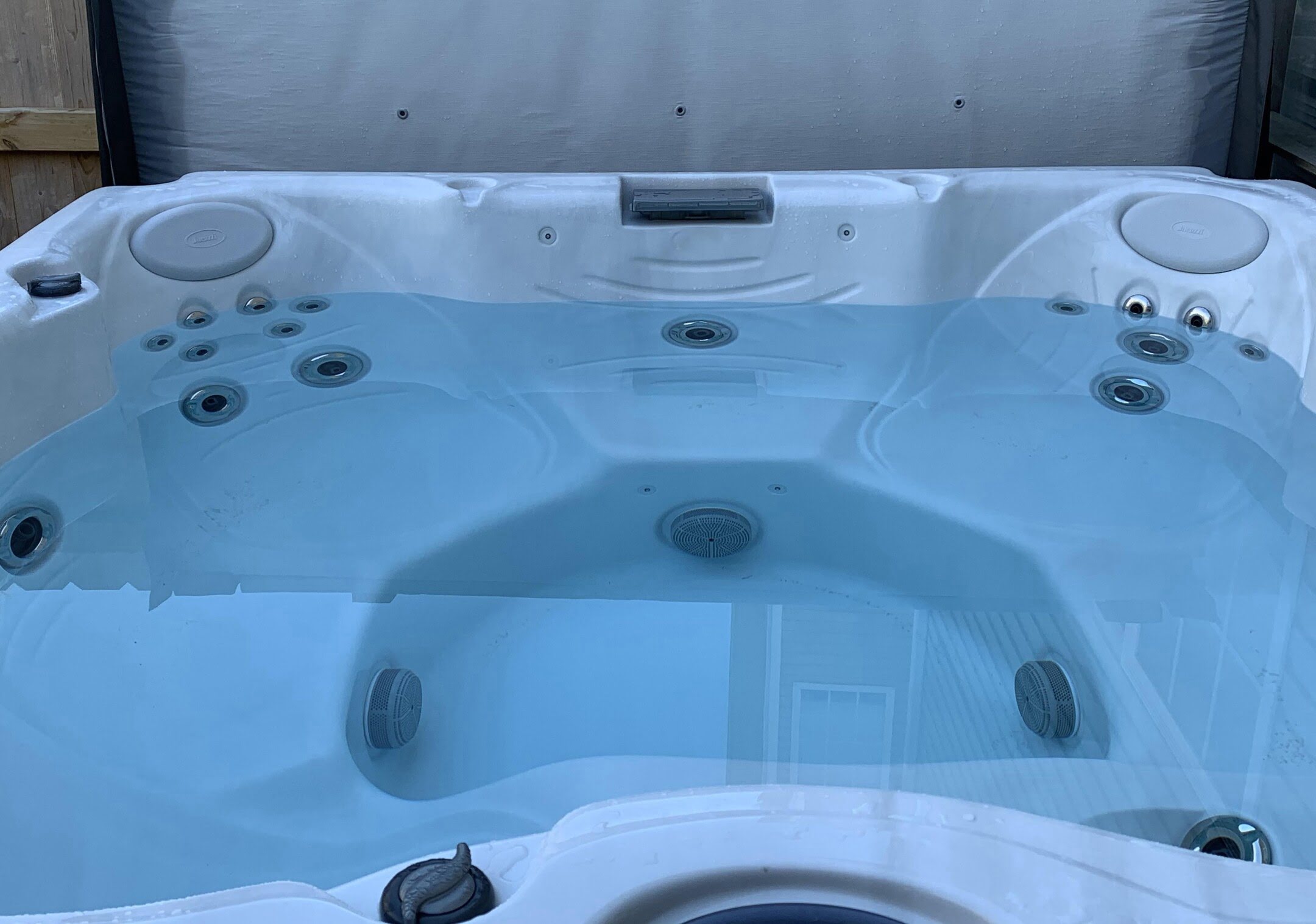
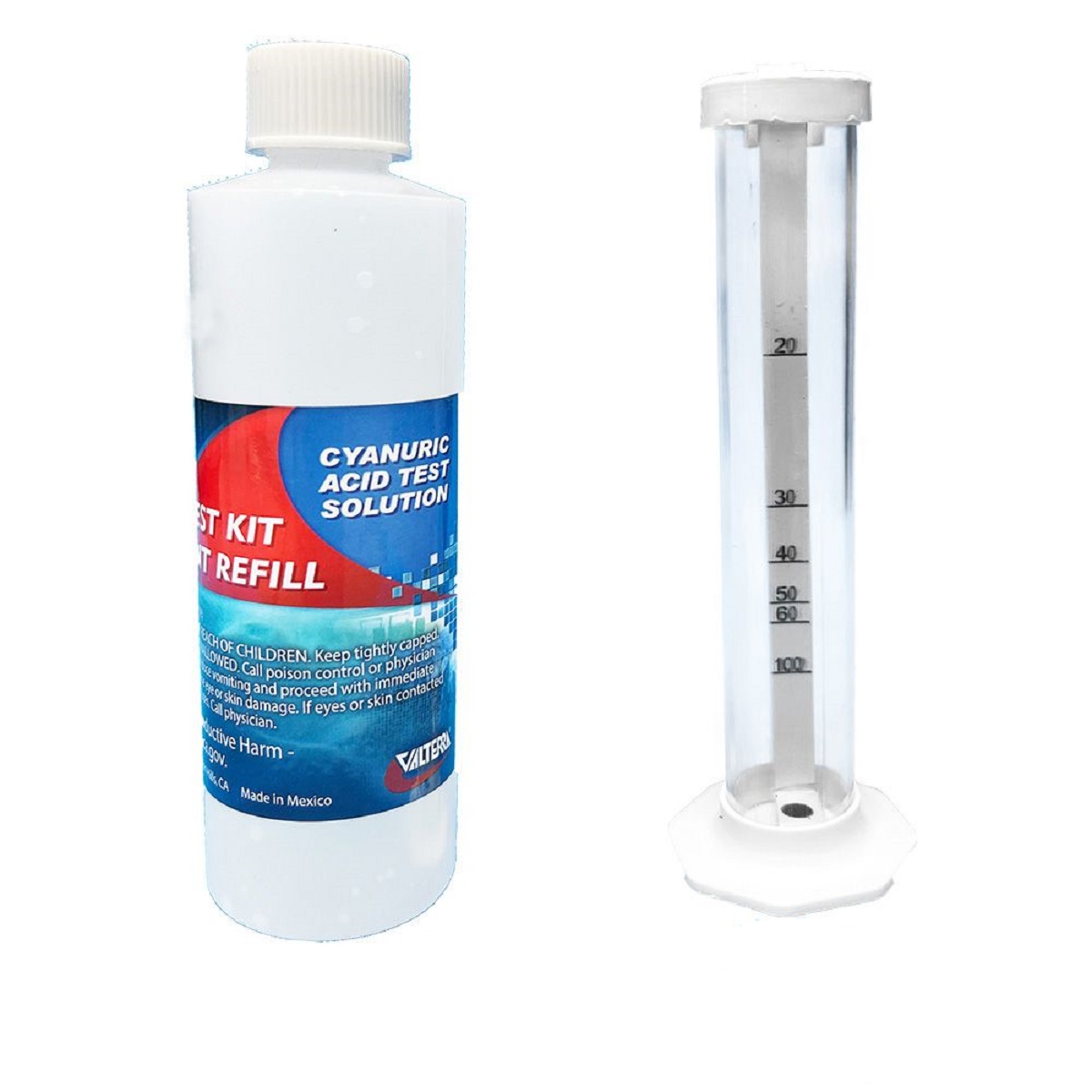
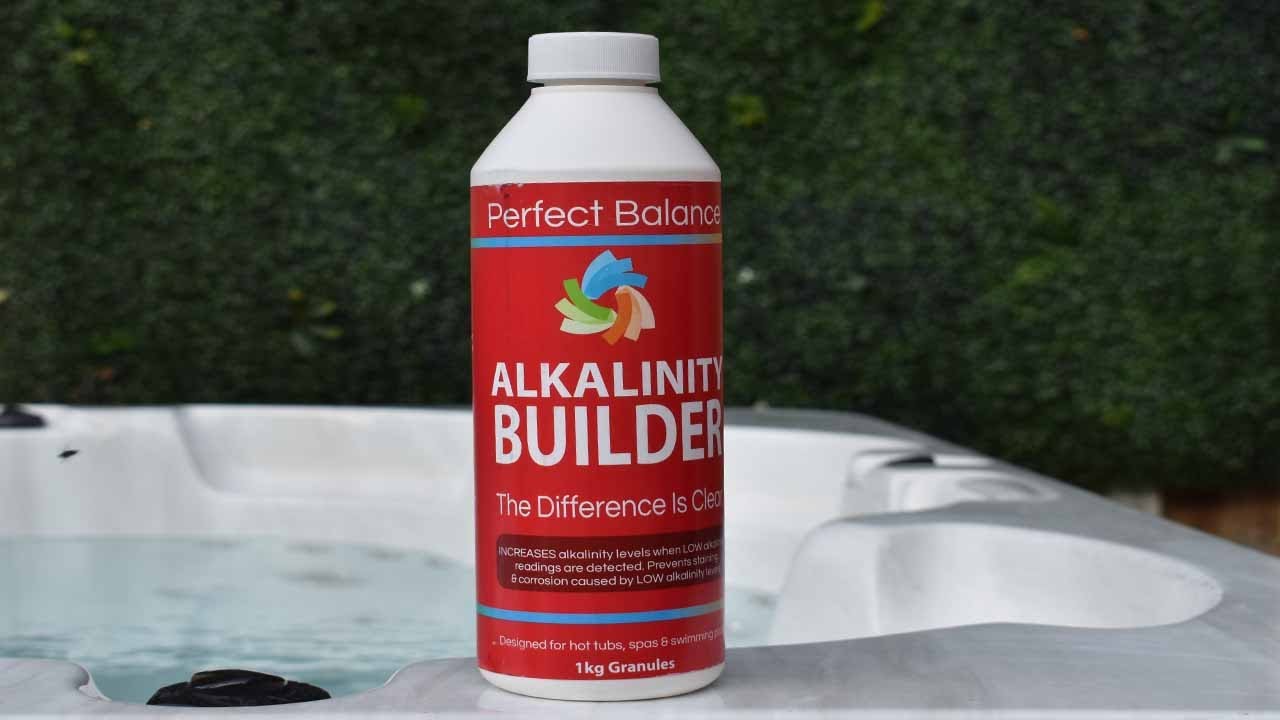

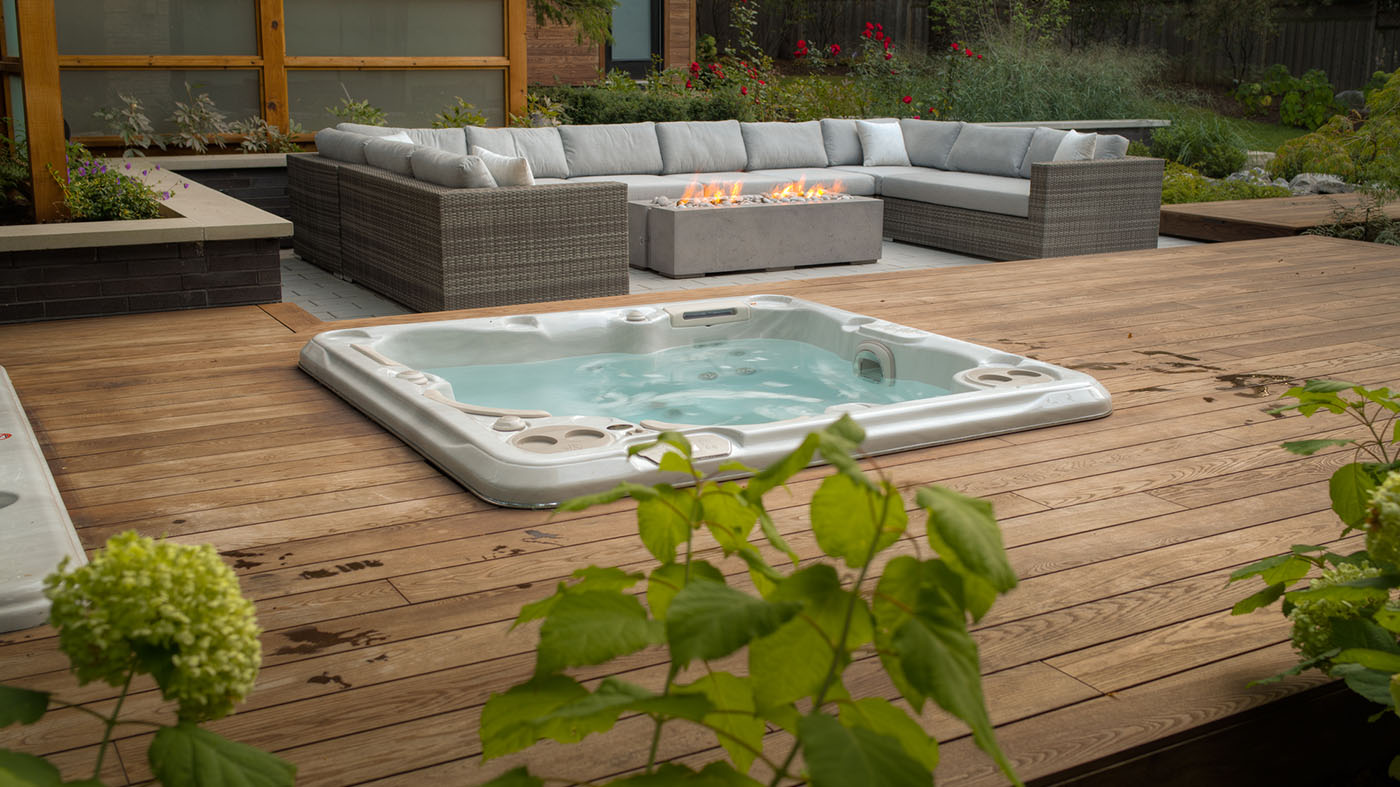
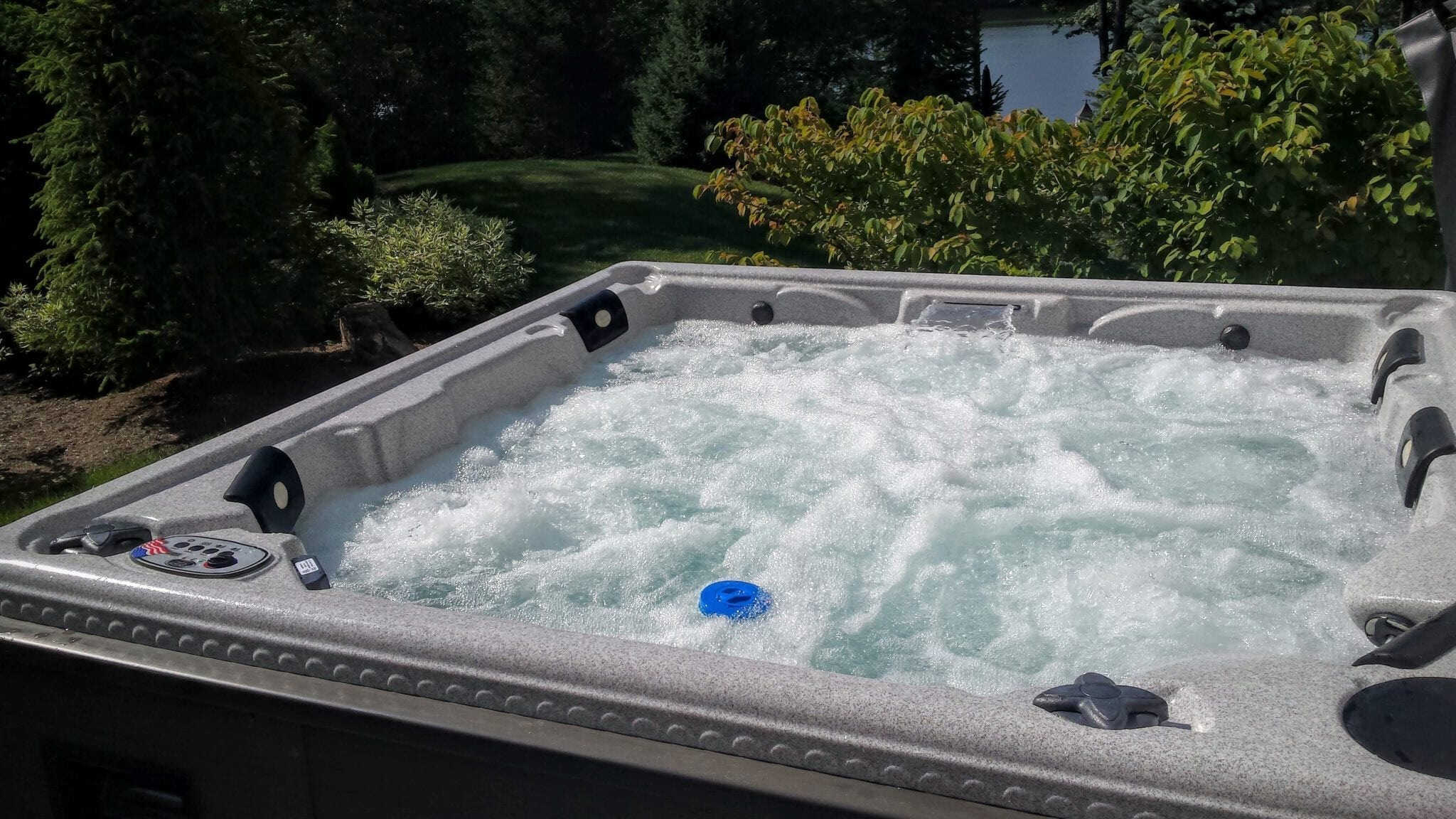
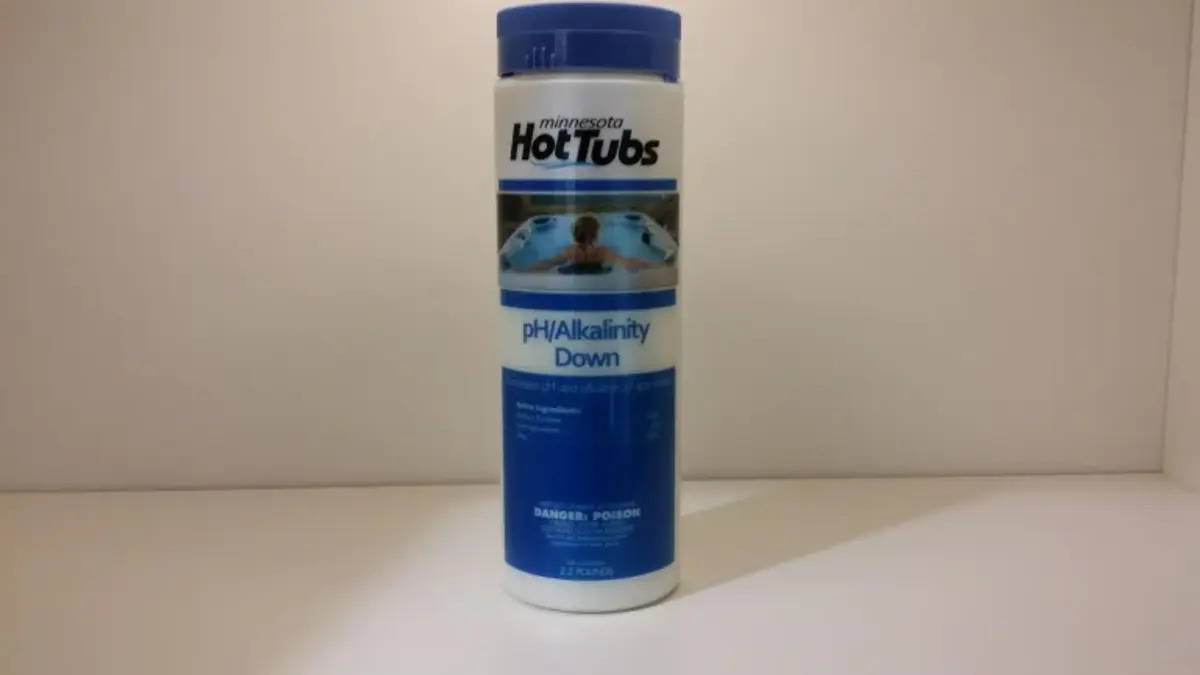
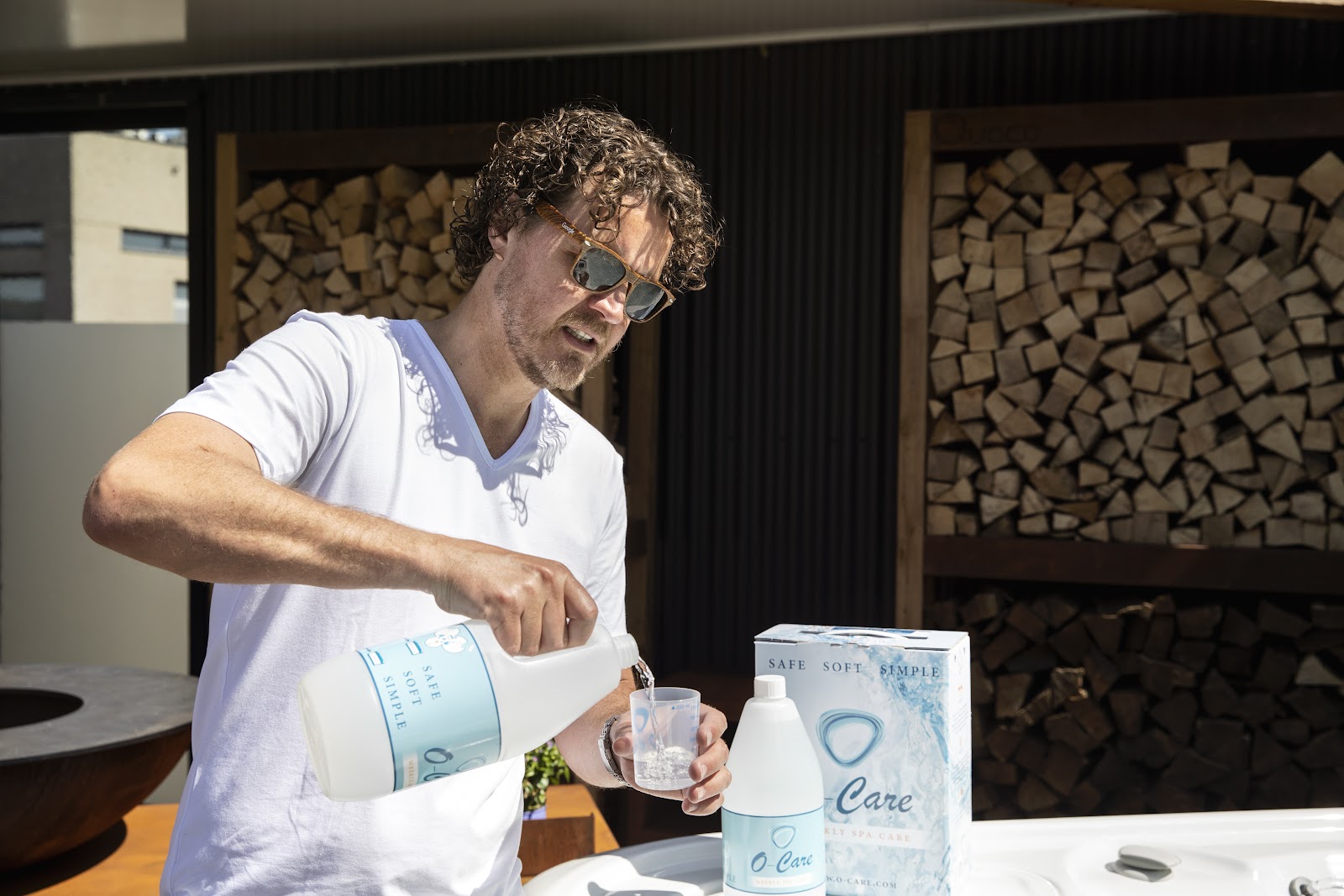
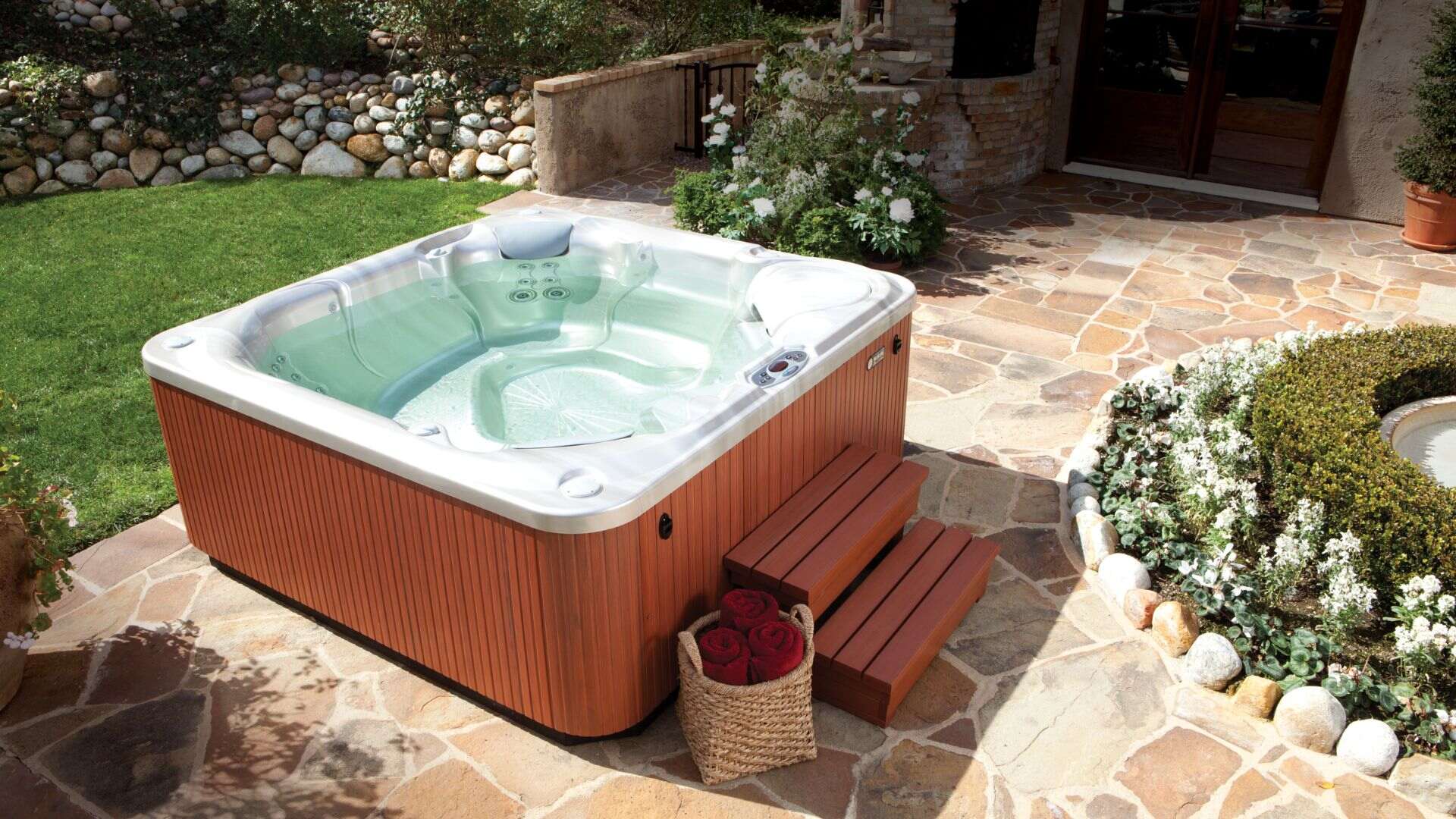
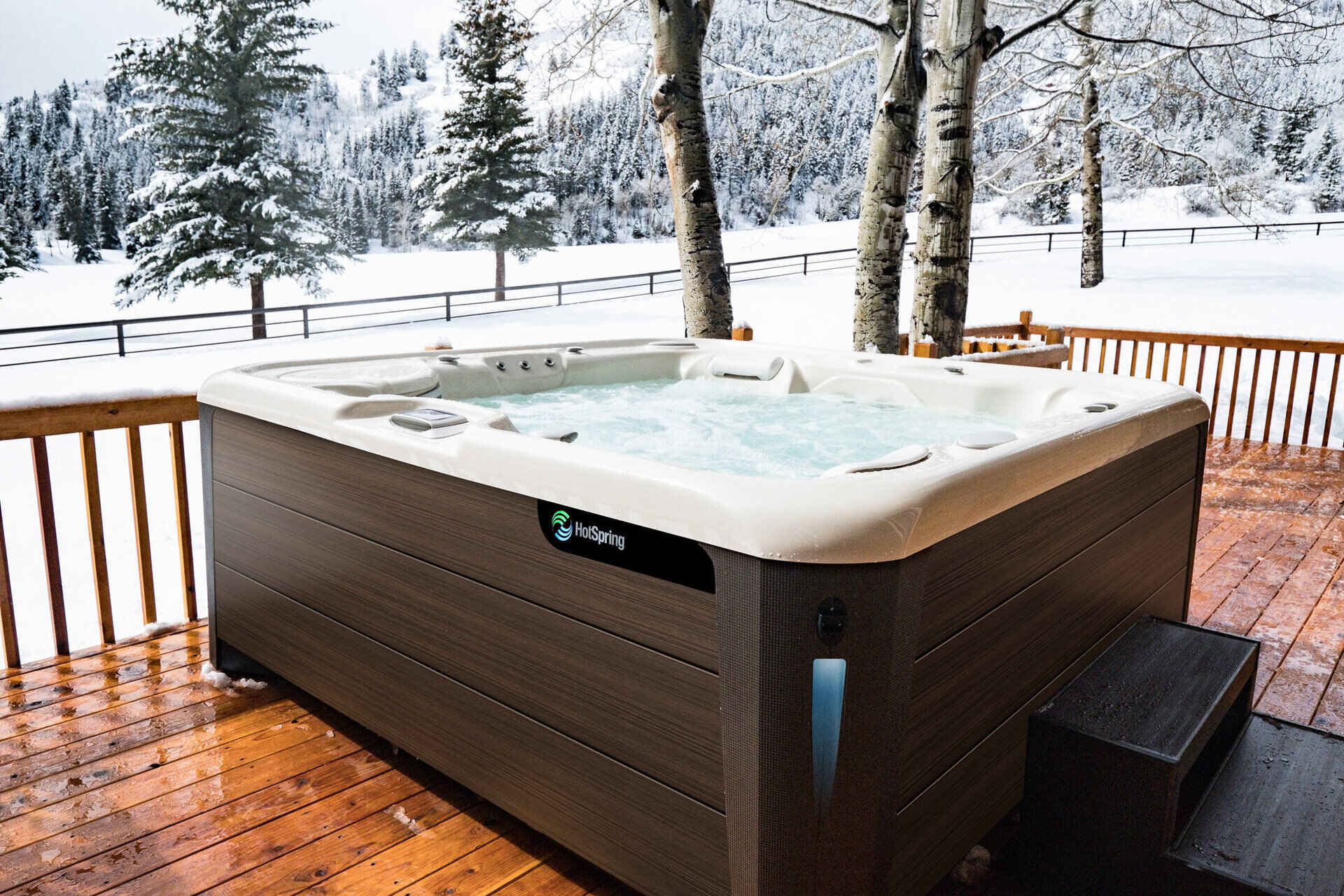
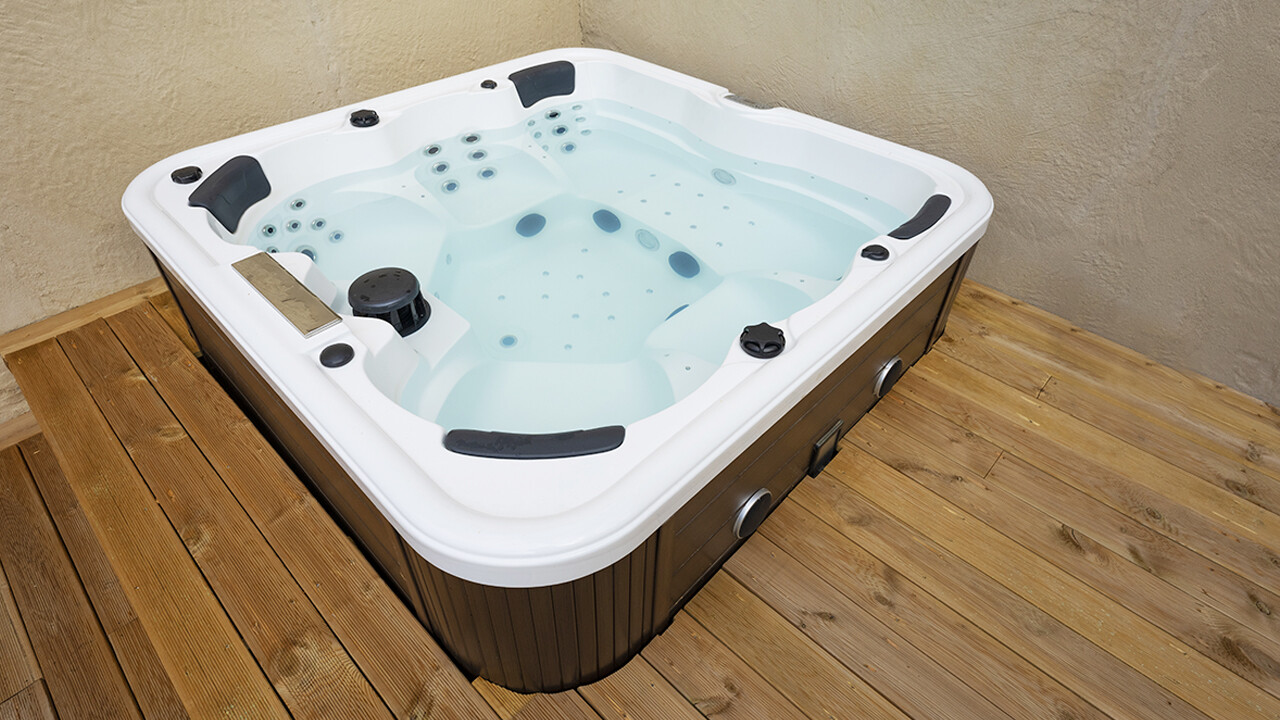

0 thoughts on “How To Lower Hot Tub Alkalinity”